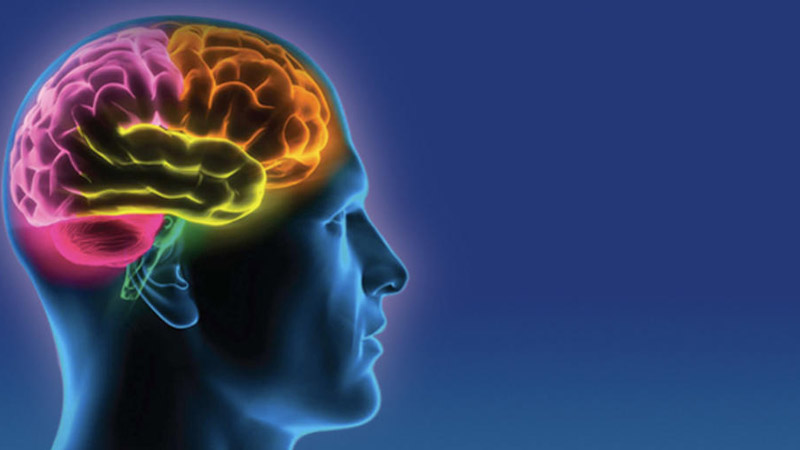Wireless Brain Sensors Help to Manage Patients Complication
What is Wireless Brain Sensors?
Wireless brain sensors can be considered as those devices that screen intracranial pressure and temperature inside the skull of the patients who suffer from traumatic brain injuries or even those patients suffering from Parkinson's disease. Significant advances in innovation in the brain-computer interface have been making the evolution of brain sensors.
These sensors are remotely accessible via wireless connectivity. The interface of the brain-computer is designed to assist individuals with severe paralysis in controlling devices. Additionally, these instruments are also tested in animal models over a long time.
Wireless brain sensors based on end-use
1. Multispecialty hospitals
The industry of wireless brain sensor is dominated by multispecialty hospitals and this segment holds a major revenue share of the industry. The increasing rate of stroke traumatic brain injuries is the primary component that propels the industry of wireless brain sensors. For example, as per the centers for Disease Control and Prevention (CDC), in 2016, there were roughly 2.8 million hospitalizations, emergency division visits, and deaths in the U.S.
2. Hospitals
These days, hospitals are continually progressing in terms of innovation. Brain assessment is a complicated process, which requires expensive and progressed tools that are mainly found in hospitals only. Innovatively advanced instruments are being used primarily in hospitals to give better treatment. These instruments improve treatment techniques and give better, faster, and precise results.
Generally, all neurological diseases and issues that incorporate severe issues are diagnosed and treated with the help of advanced instruments used by skilled neurologists that are present in hospitals.
Factors that majorly drive the applications of wireless brain sensors
1. Rising road accidents
The number of road accidents has been growing with each passing day. This element is leading to an increase in demand for wireless brain sensors. As per the Association for Safe International Road Travel (ASIRT) 2018, roughly 20 to 50 million persons are injured or harmed each year, and 1.4 million people die in road accidents.
According to a recent study, falls and road accidents are the main reasons that cause traumatic brain injuries. Hence, the rising number of road accidents and falls are anticipated to propel the demand for wireless brain sensors in the upcoming years.
2. Increasing investment in research and development
A few other elements such as changing the social environment, increasing investments in research, advances in technology, rising awareness with respect to neurological problems, and the growing rate of dementia will likely boost the demand for wireless brain sensors in the upcoming years.
Huge advances in technology in terms of brain-computer interfaces have been leading to the constant improvement of brain sensors. Untapped market and advances in technology may create massive growth possibilities for the wireless brain sensors industry in the upcoming years.
3. Unhealthy Lifestyles and Stroke
The surge in unhealthy lifestyles across the world is one of the primary components propelling the use of wireless brain sensors. Unhealthy lifestyle choices such as alcohol addiction and smoking are among the chief elements causing stroke and migraine. As per some reliable sources, a few of the lifestyle elements that affect health are exercise, diet and weight record, rest and substance misuse, and many others.
Also, stroke is the major element of mortality and morbidity because of the adoption of unhealthy lifestyles. In the U.S. only, roughly 70,000 people suffer from strokes every year, out of which a major number of strokes are deadly or cause lasting disability. Besides, smoking is also a significant risk element that causes hemorrhagic and ischemic stroke.
4. Growing cases of traumatic brain injuries
The modern century has seen a rising rate of Traumatic Brain Injuries (TBI) and it is also one of the significant factors that propel the demand for wireless brain sensors. TBIs due to a bump, blow, or shock to the skull result in a permanent disability of the brain. Leading factors for TBIs include sports-related injuries, falls, gunshot injuries, domestic violence, and road accidents. TBI is one of the major causes of morbidity and mortality across the globe.
Moreover, the growing geriatric population and advances in technology will also boost the demand for wireless brain sensors in the next few years.
Summing up
Neurological diseases are viewed as one of the most prevalent diseases with a massive burden on the patients, their families, and society. The prevalence of neurological diseases, for example, Alzheimer's and Parkinson's among others are increasing. The growing advances in technology have resulted in the rise of wireless brain sensors innovation.
The wireless brain sensors can monitor intracranial pressure/temperature and can be deployed for the checking of patients suffering from traumatic brain injuries and other neurological diseases. The market of Wireless Brain Sensors market is anticipated to grow immensely due to the elements such as the growing geriatric population, increasing prevalence of neurological disorders and traumatic brain injuries, growing stress level, heightening penetration of smartphones, and the internet.




Comments
Post a Comment